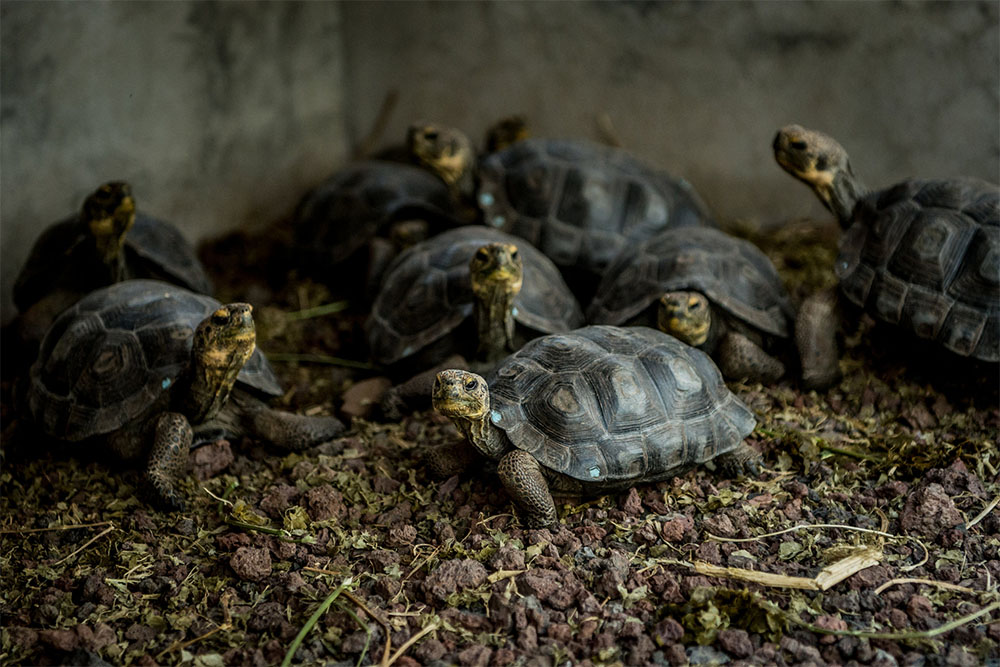December 4, 2024
The Ebiil Society: Champions of Palau
Ann Singeo, founder of our partner organization the Ebiil Society, shares her vision for a thriving Palau and a flourishing world of indigenous science!
We use cookies to help you navigate efficiently and perform certain functions. You will find detailed information about all cookies under each consent category below.
The cookies that are categorized as "Necessary" are stored on your browser as they are essential for enabling the basic functionalities of the site. ...
Necessary cookies are required to enable the basic features of this site, such as providing secure log-in or adjusting your consent preferences. These cookies do not store any personally identifiable data.
Functional cookies help perform certain functionalities like sharing the content of the website on social media platforms, collecting feedback, and other third-party features.
Analytical cookies are used to understand how visitors interact with the website. These cookies help provide information on metrics such as the number of visitors, bounce rate, traffic source, etc.
Performance cookies are used to understand and analyze the key performance indexes of the website which helps in delivering a better user experience for the visitors.
Advertisement cookies are used to provide visitors with customized advertisements based on the pages you visited previously and to analyze the effectiveness of the ad campaigns.
Looking to make an impact this Earth Month? Here’s how.

All was well with Española Giant Tortoises (Chelonoidis hoodensis) in the Galápagos–until invasive rats were introduced by pirates and infiltrated the island ecosystem. The presence of rats made reproduction extremely difficult and often unsuccessful for the tortoises. Invasive rats prey on eggs and even tortoise hatchlings.
Thanks to a captive breeding program, however, the Giant Tortoise population on Española is on the road to recovery. In fact, there is one male in particular who did an outstanding job of upholding the species. His name is Diego, and he has fathered an estimated 350-800 Española Tortoises. Washington Tapia, a tortoise preservation specialist at Galapagos National Park, commented:
Around 50 years ago, there were only two males and twelve females of Diego’s species alive on Española, and they were too spread out to reproduce. He has done more than any other tortoise to turn that around—with the help of his mates, of course.

The opportunity to breed in safety proved very beneficial for Española Giant Tortoises with almost 1,000 now thriving on the island. However, there is still a long way to go before these tortoises can safely breed in the wild. Tapia noted:
I wouldn’t say (the species) is in perfect health, because historical records show there probably used to be more than 5,000 tortoises on the island. But it’s a population that’s in pretty good shape—and growing, which is the most important.

One concern is that a “bottleneck effect” will take place where all of these new little-Diego’s will breed together and have low genetic diversity. Although other male Española Tortoises have contributed to the population, Diego’s exceptional numbers are cause for concern. However, Linda Cayot of the Galápagos Conservancy explained that she is not worried:
Every species came from a bottleneck…It’s what happens in the Galápagos.
For the Española Giant Tortoise to be able to survive in the wild, the island must be free of invasive species. Tortoises need safe habitat to breed and raise offspring. With continued captive breeding and eradication of invasive rats, these Giant Tortoises could thrive in their island home.
Featured photo: Diego at the Darwin Research Center in Galápagos. Credit: Kathleen
Source:
Phys.org
New York Times
Check out other journal entries we think you might be interested in.
Notifications